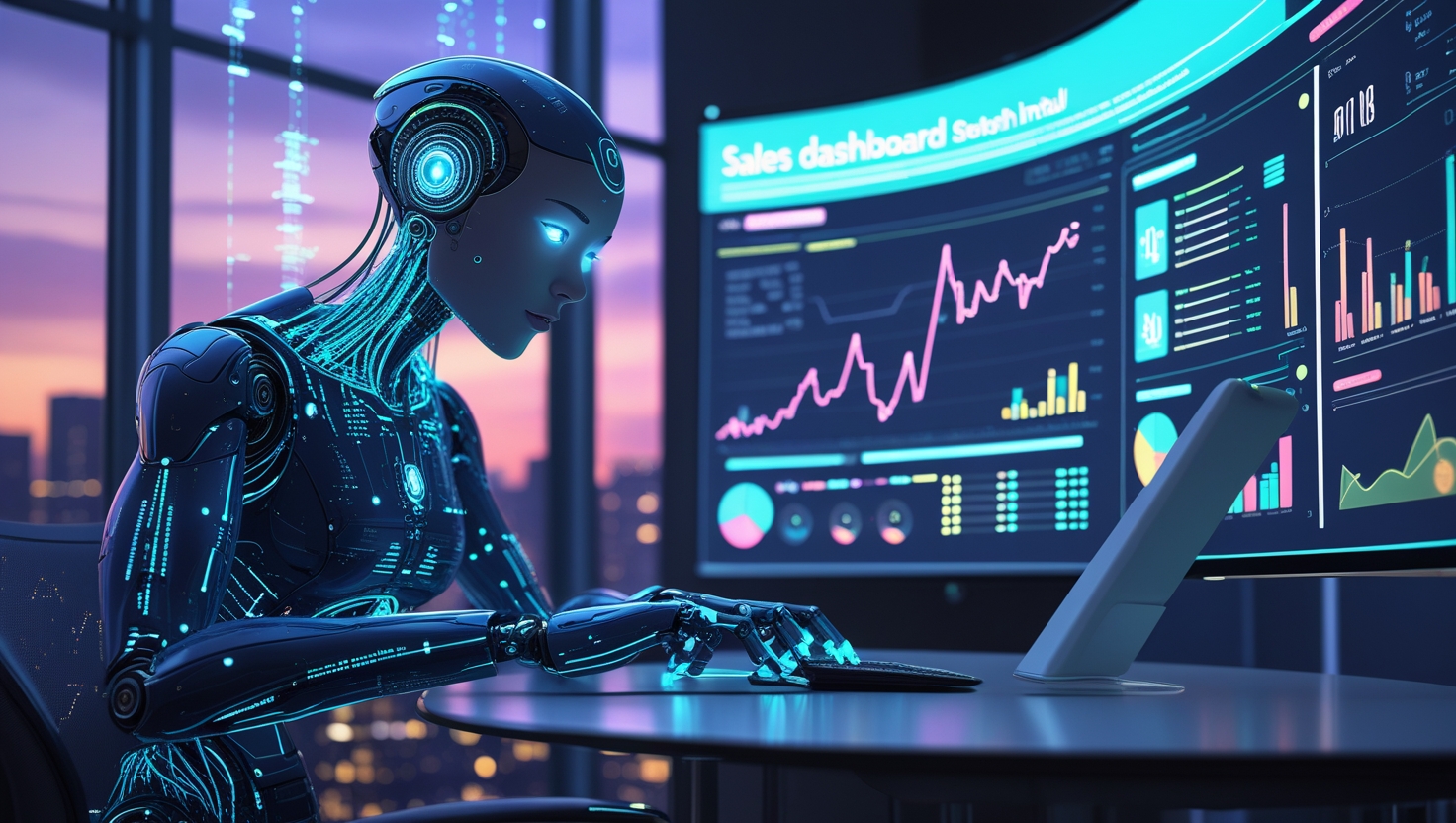In today’s rapidly changing digital landscape, simply having a website or running ads is no longer enough to stand out. With search algorithms evolving and AI platforms like ChatGPT and Gemini now shaping how people discover information, businesses face a new challenge: being visible, credible, and trusted—across both traditional and AI-driven channels.
The Shift from SEO to GEO
For years, Search Engine Optimization (SEO) was the gold standard for online visibility. But as Melih Oztalay, CEO of SmartFinds Marketing, explained on MITechTV, the rise of AI-powered tools has ushered in a new era: Generative Engine Optimization (GEO). Instead of scrolling through endless web pages, users now ask AI assistants for tailored recommendations. This means brands must ensure their presence is recognized not just by Google, but also by AI engines like ChatGPT, Copilot, and Gemini.
“AI is changing how people search,” Oztalay said. “Your brand now needs to be discoverable inside AI platforms—not just on the web.”
Building the Technical Foundation for AI Visibility
To be found by AI engines, businesses need more than flashy websites. AI platforms rely on structured data, technical SEO, and credible online mentions to determine which brands to recommend. That means:
- Structured Data (Schema Markup): Websites should use schema.org markup to clearly define what they do, where they’re located, and who they serve.
- Technical SEO: Clean code, proper metadata, and mobile responsiveness are essential.
- Authoritative Mentions: Consistent press releases, thought leadership, and active LinkedIn profiles help build digital credibility.
- AI Audits: Ask AI tools directly why your business may not be showing up—they can reveal gaps in backlinks, content, or digital footprint.
When these elements work together, AI is far more likely to recognize and recommend your business.
AI in Action: Real-World Results
AI-driven lead generation isn’t just about increasing website traffic—it’s about attracting and converting the right leads. In a recent case study, SmartFinds Marketing used AI-assisted keyword research, long-tail targeting, and GEO-based visibility tuning to boost a client’s U.S. lead volume by 70% in just a few months. The focus was on guiding visitors from initial interest to action, resulting in more qualified leads and greater efficiency.
Other companies are seeing similar results. AI-powered predictive analytics, for example, can identify high-intent buyers and help sales teams focus where it matters most. Enterprises using these tools have reported up to a 47% increase in conversions and significant improvements in pipeline growth.
Best Practices for 2025
To succeed in this new environment, businesses should:
- Focus on long-tail keywords that match real search behavior.
- Use AI tools to audit and plan content.
- Publish purposeful content—blogs, press releases, and social posts—that fuels both SEO and GEO.
- Build authority through mentions on respected sites and directories.
The Bottom Line
The era of “set it and forget it” marketing is over. In 2025 and beyond, success will belong to businesses that adapt to AI-powered discovery and prioritize digital credibility. As Oztalay put it, “Whether it’s SEO, GEO, or AI—these aren’t just buzzwords. They’re tools to help your business get found, build trust, and grow smarter.”
By embracing AI-driven lead generation and GEO strategies, companies can turn visibility into trust—and trust into sustainable growth.
